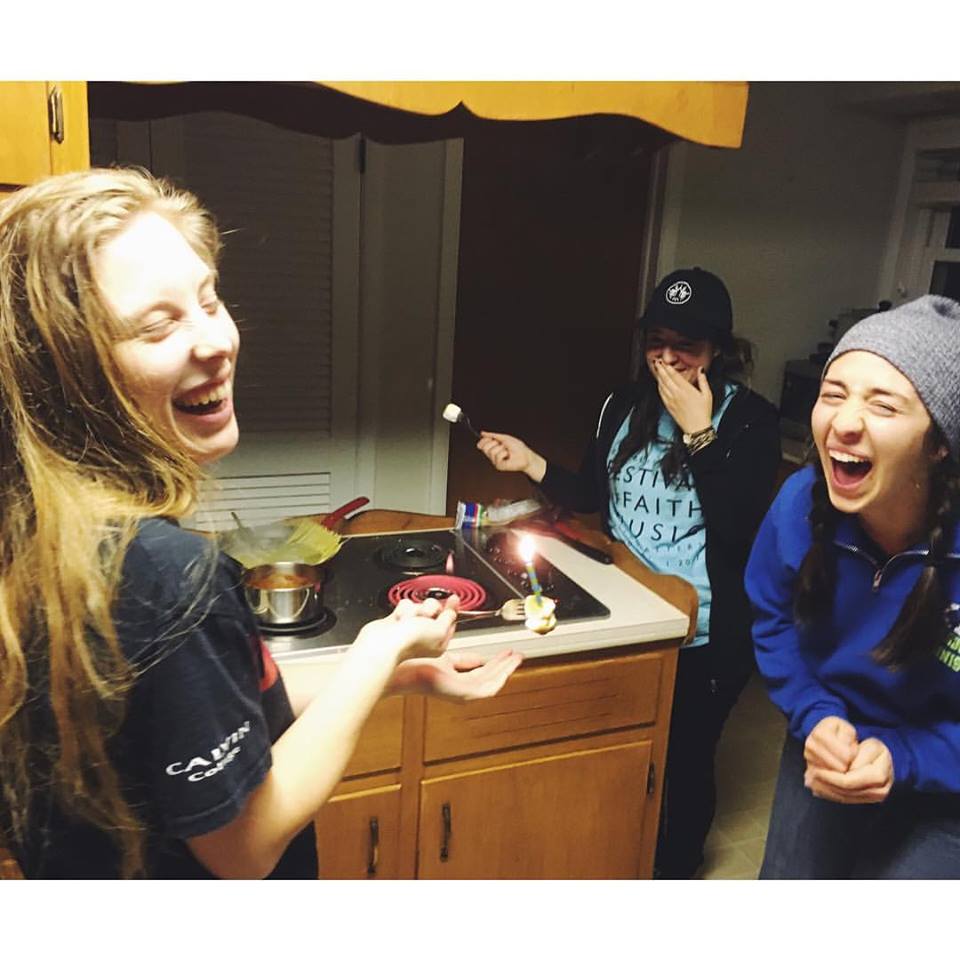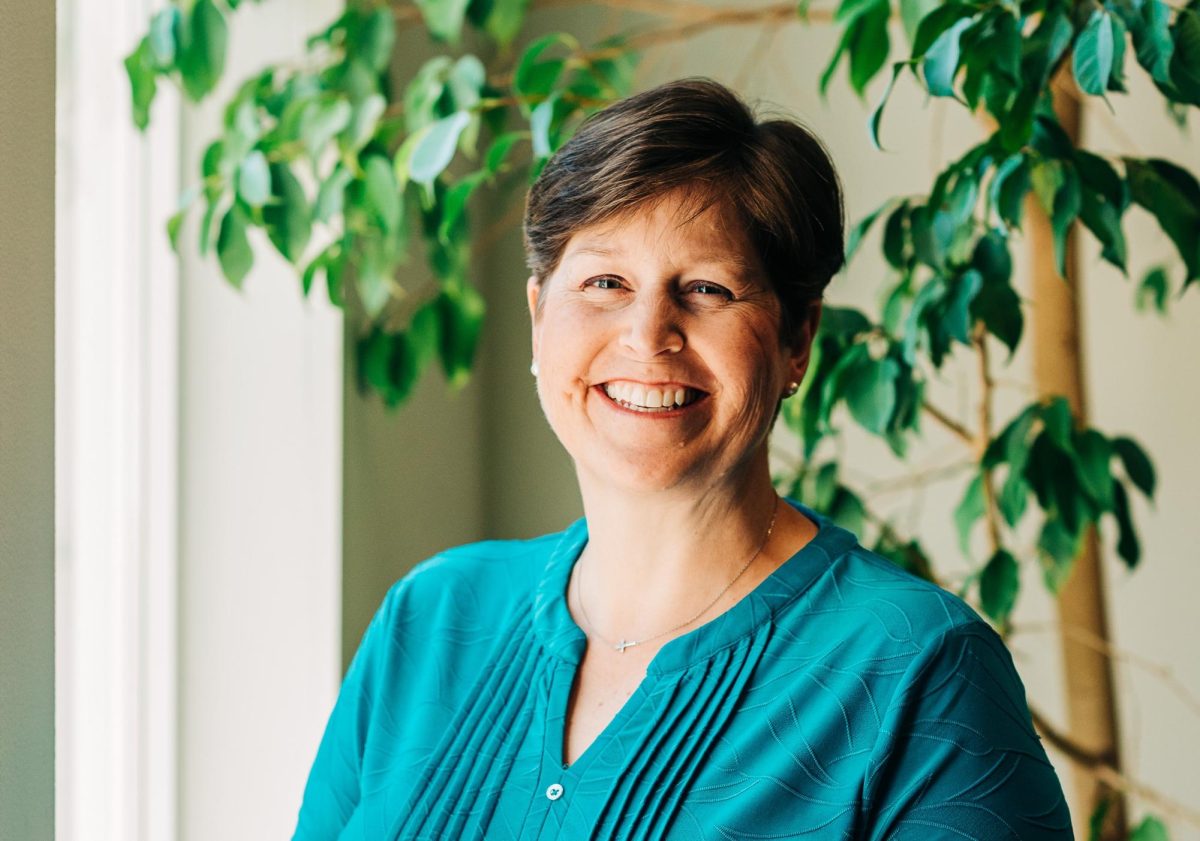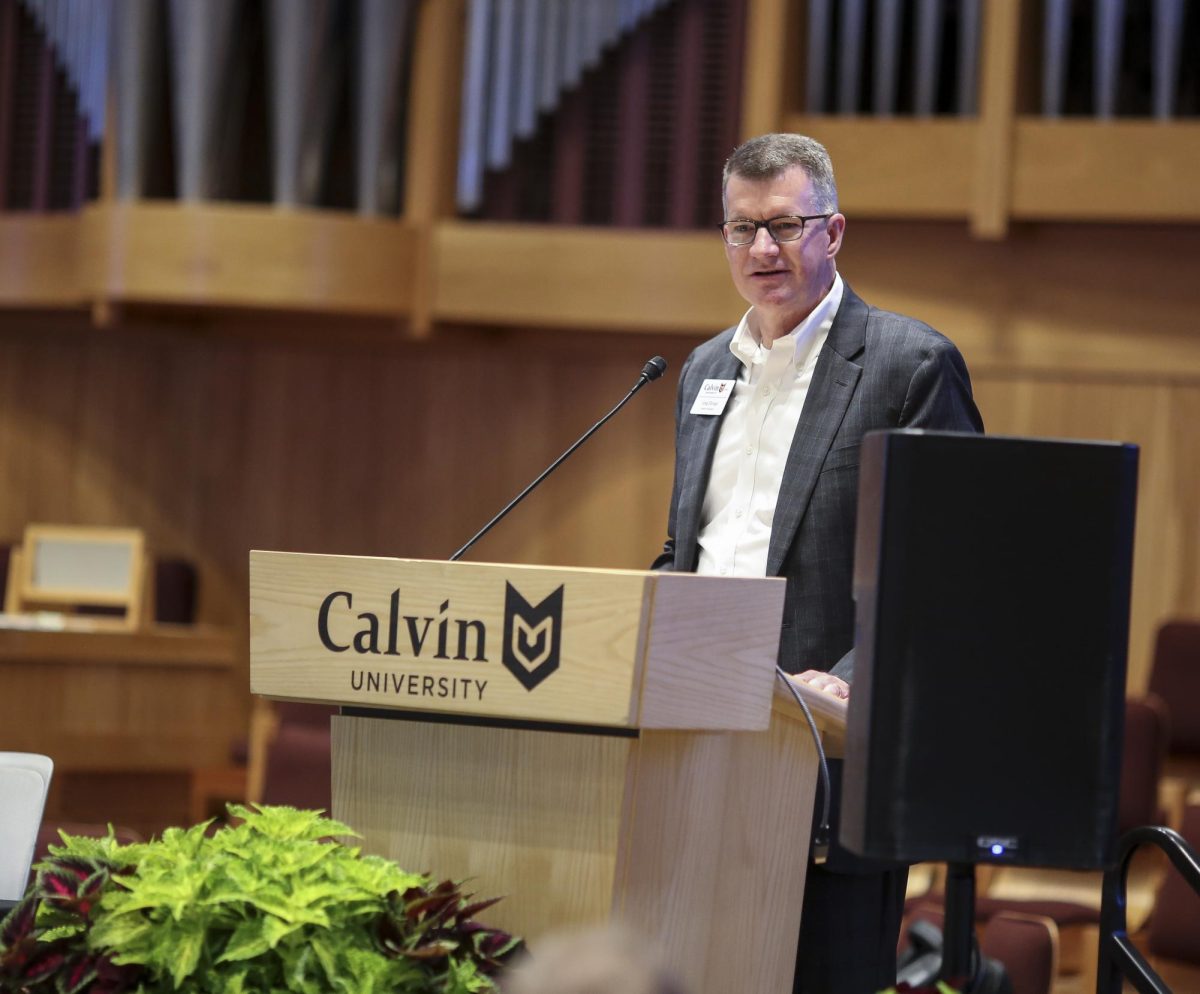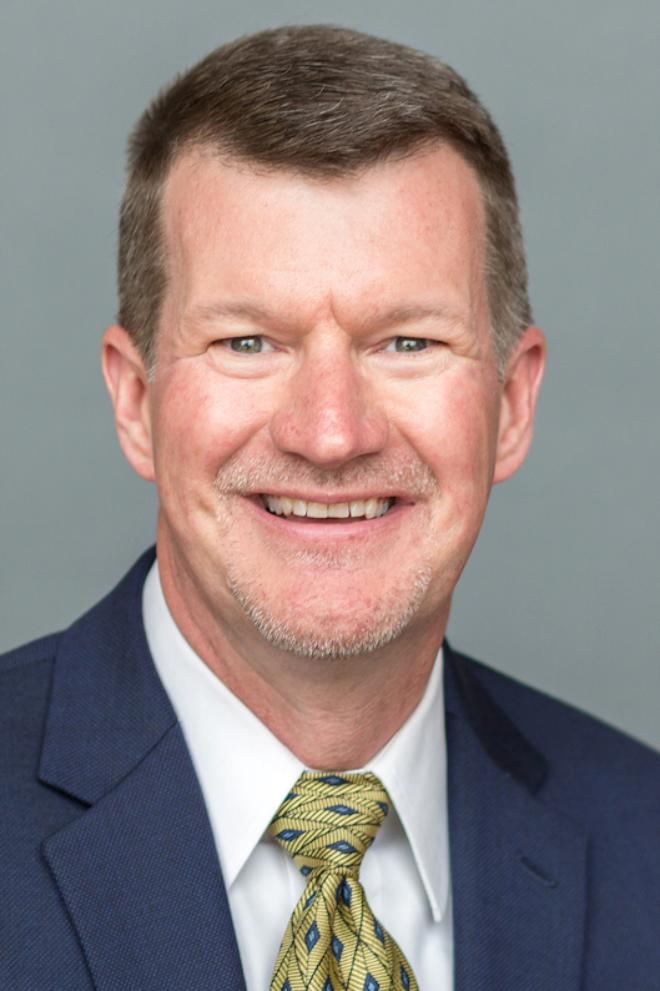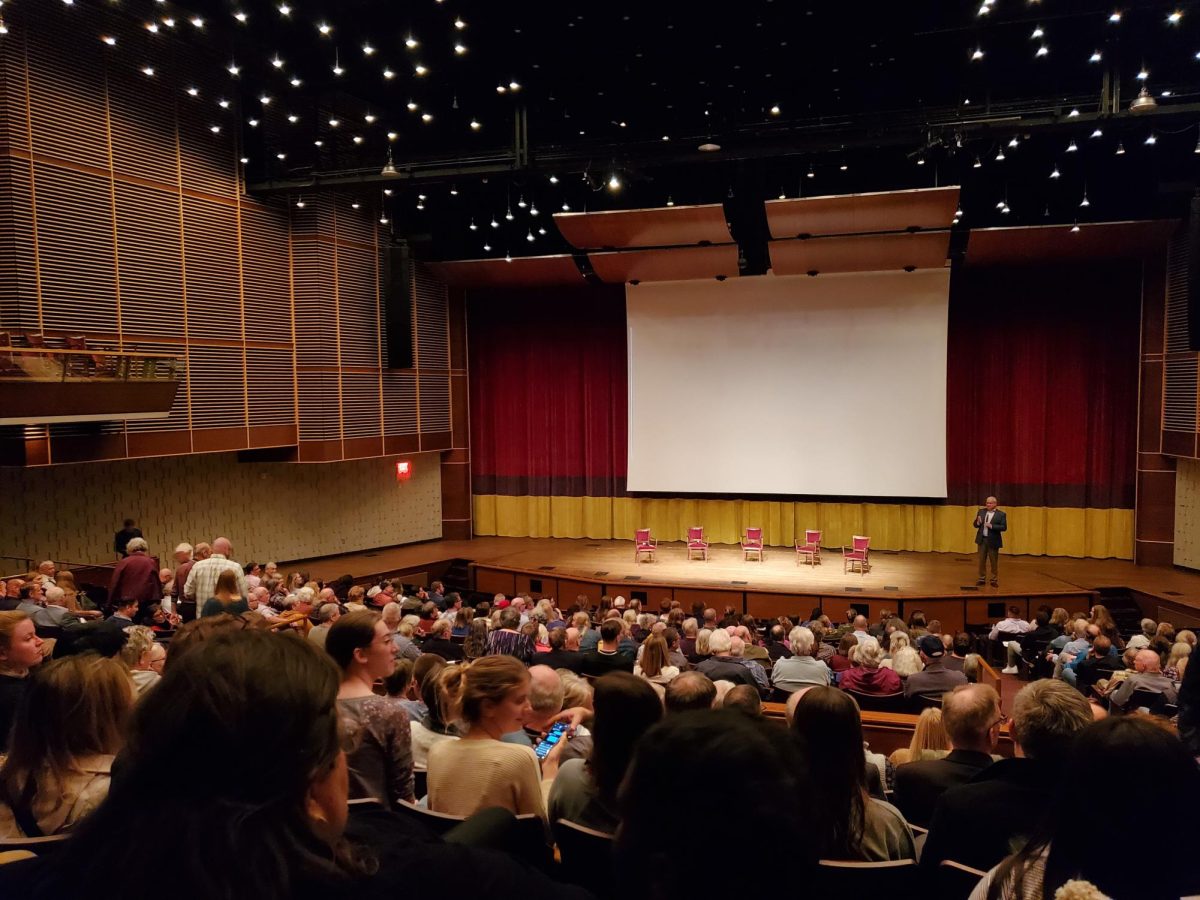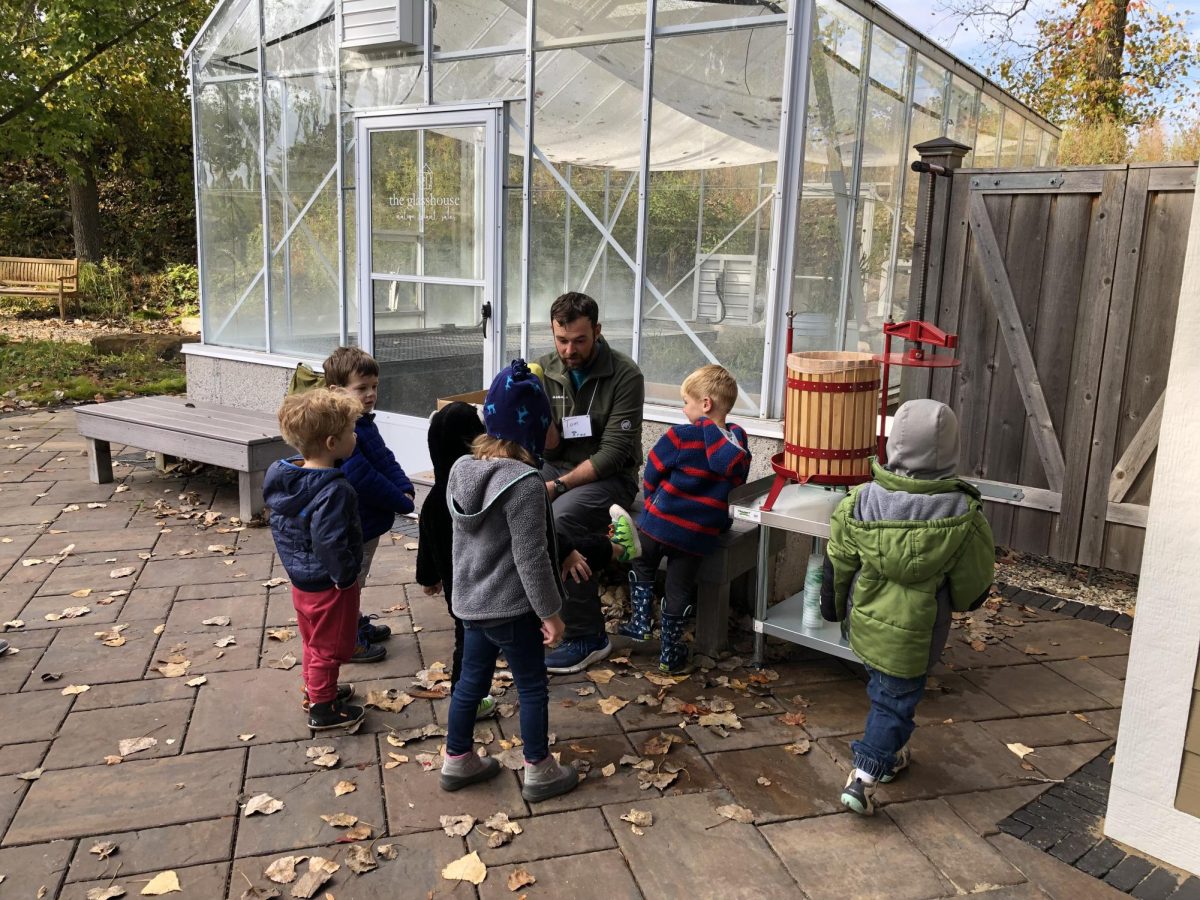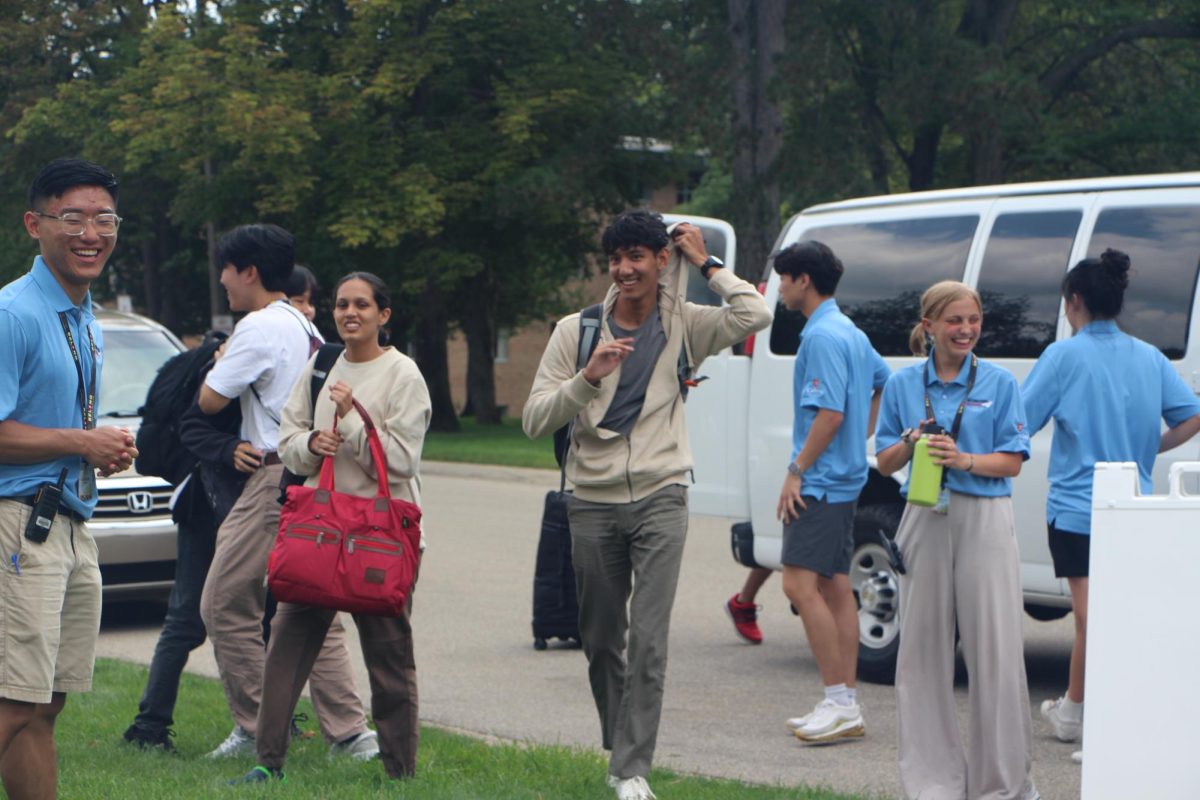Behind the leafy green of the Calvin Community Garden lies a quite ordinary looking house. Apart from the candle with the skull on the front doorstep, 3151 Hampshire Avenue could just as well be any other house full of Calvin students. For the “Garden House,” as it’s called, it is the people who inhabit it and the practices they implement that make the place what it is: a model of sustainable living at Calvin College.
Senior Kaitlyn Farris and juniors Kendra Larsen, Suzanne Melin and Maaike Mudde are the current and first-ever residents of this new project house.
“This is the first year of the Garden House right now and we’ve been kinda making things up as we go. The focus has always been on sustainable living and it’s meant to be a community for upper level students who want to explore sustainable living options,” said biology professor David Koejte, one of the house’s mentors. Professors Jamie Skillen, geo, and Becky Haney, economics, are the other two mentors.
Unlike Project Neighborhood, the mentors do not live in the house with the students. They have monthly meetings to discuss what’s working, what’s not and what things they want to explore in the future.
“It’s different than a lot of other places because we don’t have mentors living with us, it’s just us,” said Farris. “We make our own rules in the house … we’re focused on sustainability, but since we’re the pilot year we’re essentially figuring it out along the way.”
This first year has mainly been about brainstorming and cementing rules for the house and figuring out what community expectations would be for the next set of students living there.
“We’ve talked about starting microgreens in the basement or having one of those bikes that helps power the house and things like that,” said Farris.
In addition to traditional methods of sustainability like composting and recycling the residents of the Garden House have also come to realize that sustainable living can mean a lot of different things and be applied in a lot of different ways.
Larsen recalled a time when her church was hosting a music festival and they needed hosts. The residents offered their home to the visitors and ended up hosting around 18 musicians:
“We have this huge basement or this space that we don’t use or take up all the time … what it mean[s] to use our space, to hold that loosely … is part of what sustainability is like. Being willing to offer up your floor when people need it and realizing that every space you have or are in isn’t just yours … that’s a really sweet thing,” she said.
“Hospitality is a big part of living sustainably,” said Mudde. She elaborated, saying that in the United States, “we have so many single family detached homes that take up so much space, so how we live is really inefficient. So having more people in one space is an easy way to practice sustainability.”
Compromise is another integral part to living sustainably:
“The value of when you seek to live sustainably, often that means to sacrifice a few things in your life and choosing to live a little more humbly or simplistically maybe. I’m even in the process of trying to clean out my closet because there’s way too much crap in there,” said Farris. “How we seek to live, we’re not going to take the ease of just getting the plastic bags at the grocery store we take our own bags, that’s like the tiniest thing.” Most choices come down to foregoing convenience to prioritize doing a little extra work to be making more sustainable decisions.
Sustainable living is not the only aspect of life that the Garden House has enhanced for its residence — it has also kept them more connected to campus and the community. The residents all run in different Calvin circles, but the Garden House helps them anchor their diverse interests to their common desire to live sustainably.
“For me, it’s kept me attached to Calvin which I think in some ways is a good thing, because my world otherwise would be so separate,” said Larsen.
Mudde works in the Service Learning Center, and she’s seen some of the things they’re working towards overlap with what her and her housemates are trying to live on a day to day basis: “It feels like where I’m studying, living and working are all working towards different justice related ends, and that feels really whole,” she said.
The Garden House is still a work in progress:
“We’re still trying to figure out what exactly is the right blend of expectations, the students are extremely busy and they’re typically involved in a number of sustainability related and like, the environmental stewardship coalition, things like that, and we don’t want to detract from that,” said Koejte.
However, the hope for the Garden House is that it shows that sustainability comes in all shapes and sizes. By having very diverse interests and exploring different avenues of sustainability, Larsen hopes that “this sets a precedent that this house isn’t sustainable, it’s the people inside it.”



